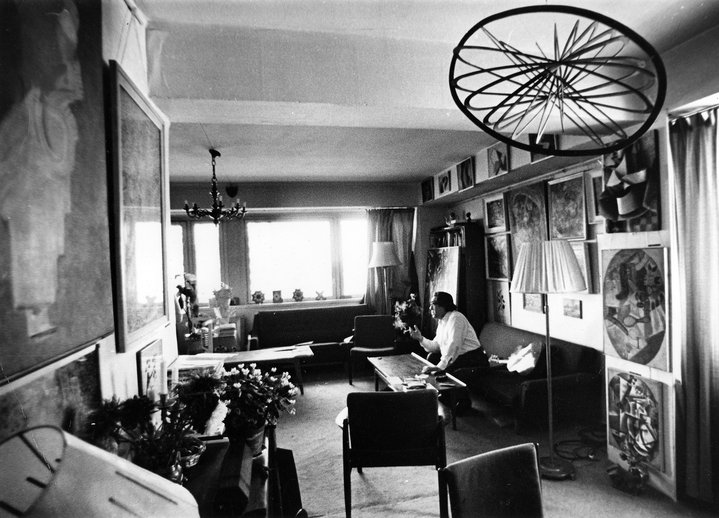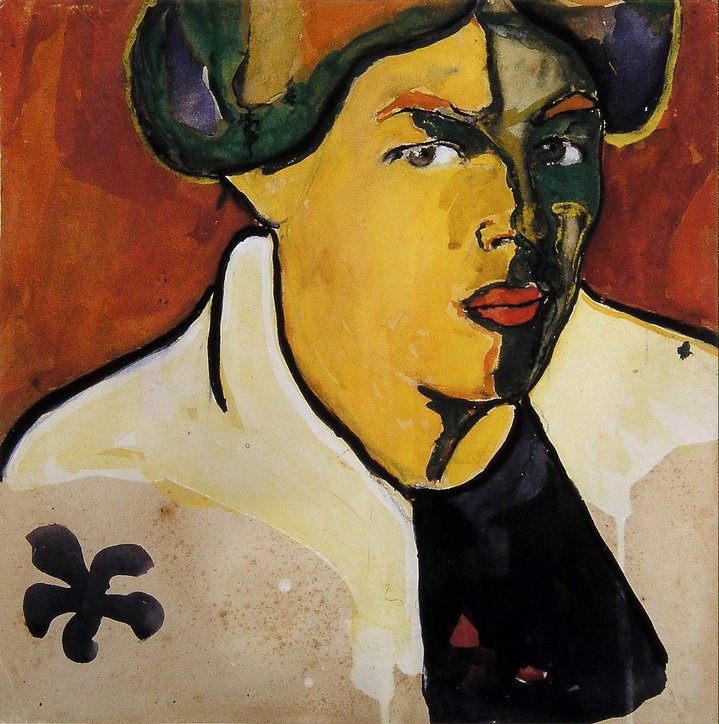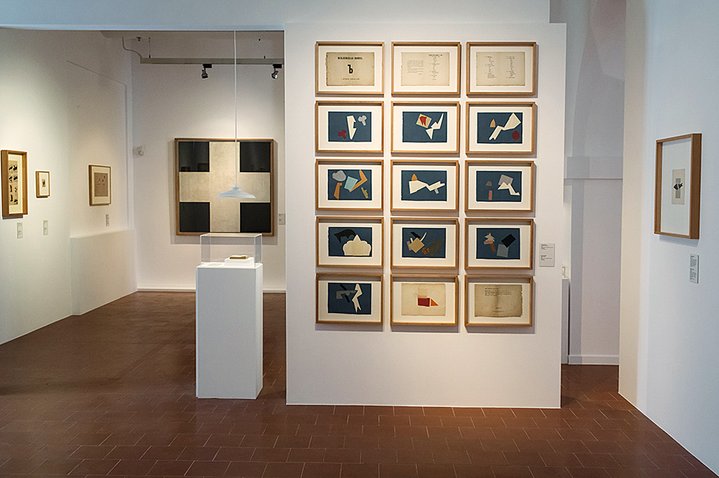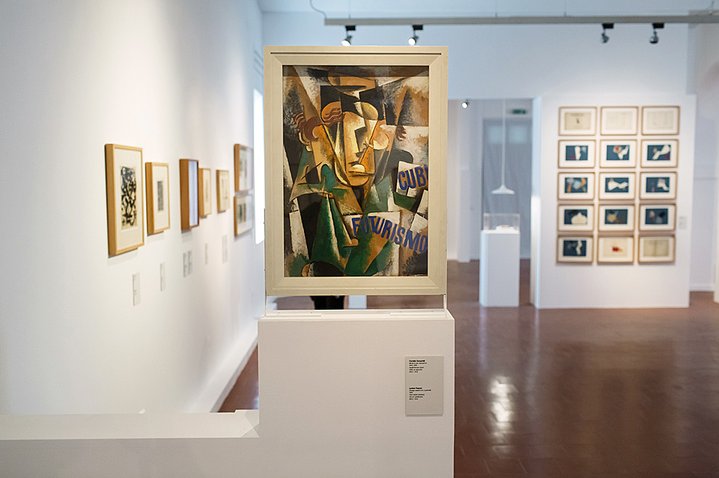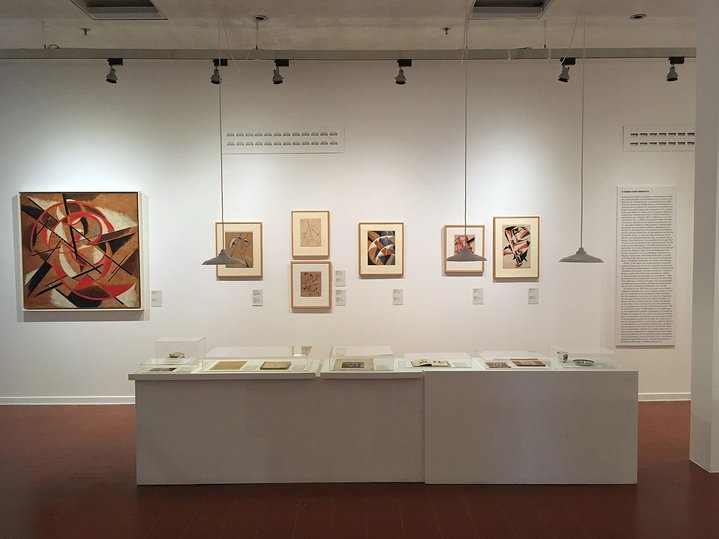From Russia to Greece with love
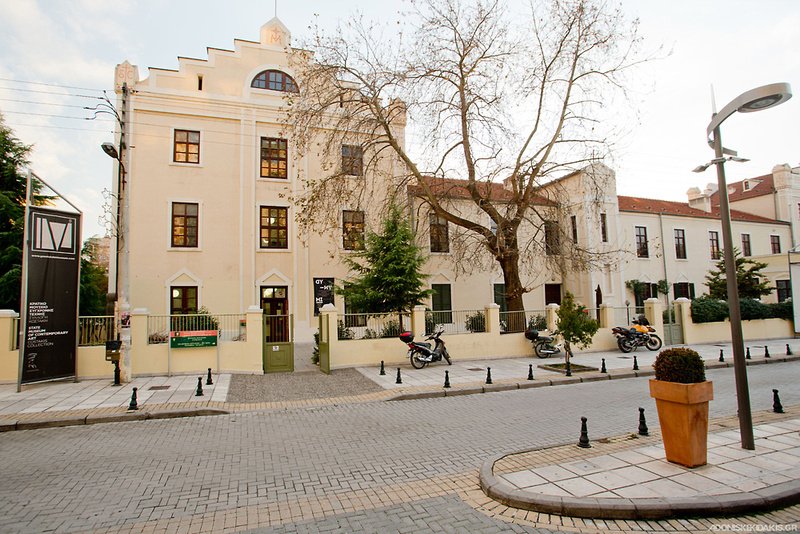
The late George Costakis’ passion for collecting Avant-Garde art flourished under unusual circumstances – in the Soviet Union. Today, his collection, housed in a former monastery-turned-cultural complex in the Greek city of Thessaloniki, is being shaped into the main centre of Russian Avant-Garde art outside Russia.
Costakis, a larger-than-life personality who was born in Moscow to a Greek family in 1913 and began collecting while working as a driver for the Greek Embassy, was able to leave for his ancestral homeland in 1977.
He was only allowed to take part of his enormous collection out of the country after agreeing to leave a large part of it to Moscow’s State Tretyakov Gallery, even though the art on which he focused was still ideologically incorrect in Soviet eyes and could not be exhibited. He took the rest to Athens, where he died in 1990, and his art collection was later purchased by the Greek government. However, the current director of the Thessaloniki museum, Maria Tsantsanoglou believes an exhibition re-uniting the two halves of the Costakis collection will take place in Moscow in the near future, “maybe the year after next.”
Talks of such a blockbuster show had fallen through several years ago because the Greek Culture Ministry was unable to secure some of the guarantees it wanted from Russia. Tsantsanoglou also dreams of the creation of a joint catalogue ("catalogue raisonné") of the Costakis collection. It all goes back to a Greek in Soviet Russia who used to shuttle diplomats to antique shops when one day in 1946, by then on staff at the Canadian Embassy, he was struck with a vision after seeing a painting by Olga Rozanova.
“He had never seen anything like that before in his life,” said Tsantsanoglou, who did her doctoral research on the Russian Avant-Garde during the Perestroika era, a unique period when government archives were readily accessible.
“They told him that this is the way that artists painted in the 1920s, but that all this is now forgotten,” she said, “and this was in 1946, which is only 30 years after what Rozanova had done in 1916. All this was already forgotten — and you could never see any of the Russian Avant-Garde in the museums in the Soviet Union at that time of course.” It was then that Costakis found his mission in life. “He devoted his life to the reconstruction of the Russian Avant-Garde,” said Tsantsanoglou. “It is a fantastic collection, and we have a great responsibility. This is one of our main functions, to show to the world the importance of the Russian Avant-Garde,” Tsantsanoglou told Russian Art Focus in March after her museum won The Art Newspaper Russia’s award for “Museum of the Year.”
“Many artists up to today have been and still are influenced by it," she said, both through the stylistic impact of the avant-garde before and after 1917 and its interconnection with the upheavals that “changed the mentality not only of the artists but of the world as well.” Maria Tsantsanoglou Director of the State Museum of Contemporary Art.
An enhanced presentation of the Costakis collection was launched last year with the "Restart" exhibition, featuring about 400 works from the nearly 1,300-strong collection, which includes everything from the works of Kazimir Malevich, Alexander Rodchenko Lyubov Popova, Ivan Klyun, Mikhail Matyushin’s Department of Organic Culture and Solomon Nikritin to propaganda porcelain of the early Soviet era.
The museum’s archive includes over 3,000 documents, tracing everything from the curriculum of the Avant-Garde, which showed how “aesthetics can change everyday life," to the rise of Socialist Realism and Costakis’ collection of artists’ manuscripts, sketchbooks, photographs, exhibition catalogues and postcards of the time.
Originally known as the State Museum of Contemporary Art, the Thessaloniki project was soon recast as the Metropolitan Organization of Museums of Visual Arts (MOMus), an umbrella for five museums, including one devoted to photography, with contemporary art divided between two institutions that focus on art before and after 1960. The Costakis collection is at the core of pre-1960 section.
MOMus is the first museum in Greece to have a board of trustees. This includes Greek collectors, to which Costakis has also brought Russian support. Kristina Krasnyanskaya, founder of Heritage Gallery in Moscow and Heritage International Foundation, is the Costakis collection’s director of development. Andrey Cheglakov’s AVC Charity is sponsoring the archive’s transformation into an education and research center.
MOMus – Museum of Modern Art – Costakis collection
(former State Museum of Contemporary Art)
Thessaloniki, Greece






